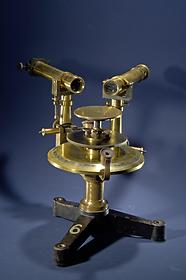Technologies
Spectral detection
In the 1850s, Robert Bunsen and Gustav Kirchhoff devised the first working spectroscopes. Two decades later, Georg Dragendorff and other scientists began using spectroscopy for medical research and criminal investigations.
The field of toxicology was the first to benefit. Late 19th-century forensic pathologists were enthusiastic about the potential uses of spectroscopic analysis to detect the presence of carbon monoxide and other poisons in blood.
A small specimen of blood, diluted in water, absorbed light of certain colors and could be subjected to spectroscopic analysis.
This analysis could reveal the presence of carbon monoxide and other poisons. However this technique, using the naked eye to view the spectrum, was imprecise.
Black Box Effect
In the 1940s the spectrophotometer revolutionized the laboratory. Encased in a metal container, it hid the measuring procedure inside a box.
A technician placed a test tube into the instrument, closed the lid, and recorded the readings.
Historians of science theorize that "black box" devices are basic to modern laboratory practice. A device and its output replace the hand, eye, and judgment of the scientist. The standardized inner workings and seemingly objective output of the black box can more easily evade or withstand legal scrutiny.
